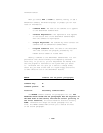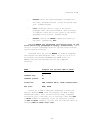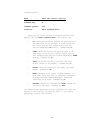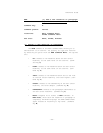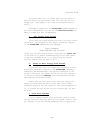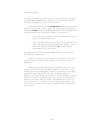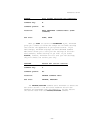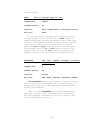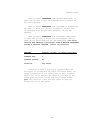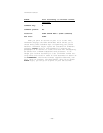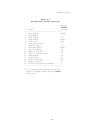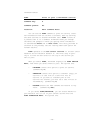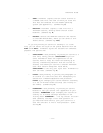ThinkTank Manual
you may not create the new outline on the drive that contains
the THINKTANK PROGRAM DISK. The disk you choose must contain
enough free space to store the new outline.
ThinkTank responds to the FILES/NEW command by asking for
the name of the new outline file. The procedure is similar to
selecting ENTER from the EXISTING FILE Menu when opening an ex-
isting outline. The file name consists of two parts:
1. the drive, which may be either a PASCAL device num-
ber or a volume name; and
2. the file name, which can be up to 12 characters long
(not counting any required directory names). Think—
Tank will append the suffix .DB to the name to
distinguish it as an outline.
See Appendix B for a review of PASCAL devices, volumes, and
file naming conventions.
Enter the drive and file name. If you plan to store the
new outline on a floppy disk, insert it in the drive you
specified.
ThinkTank now asks how many 512—character blocks to al-
locate to the file. The standard (default) file size is 250
blocks (about 20 typed pages), which is convenient for floppy
disks and more than enough for most ThinkTank outlines.
However, you may reserve any number of blocks between 2 (a few
lines) and 4096 (a 300—page book) as long as you have enough
room on your disk. When in doubt, overestimate the size of
your file since it’s better to have excess space than to run
out. Once you select a file size, ThinkTank will create the
new outline.
—164—



